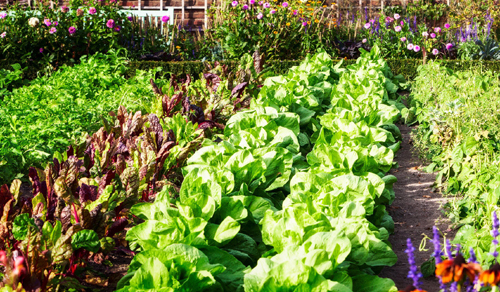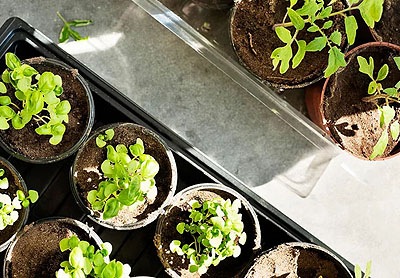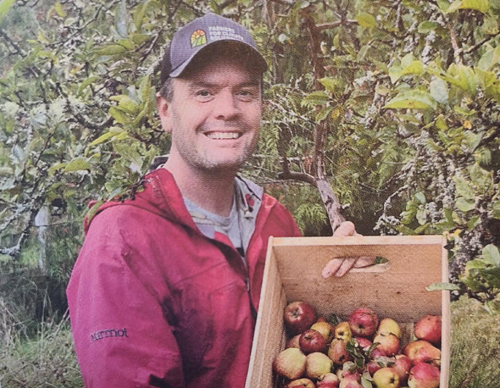Monday February 17, 2025 | LANGFORD, BC
Analysis by Mary P Brooke, Editor | Island Social Trends
Grocery prices in Canada have increased substantially in recent years, along with the cost of nearly everything.
Inflation pushed up prices in the last few years, on top of the price impacts of supply chain interruptions during the pandemic before that.
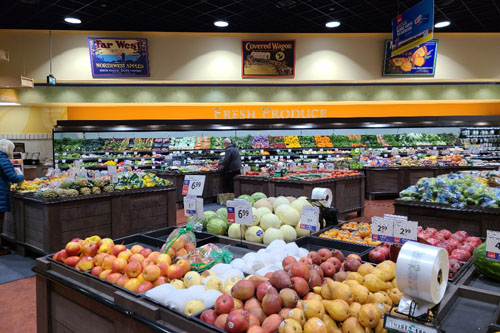
Food prices have increased at the fastest rate in over 40 years, at the same time that households have generally lost touch with the capacity or practice of growing their own food.
“Many Canadians are struggling to put food on the table, with more than ever resorting to food banks for help,” says Alistair MacGregor, MP (Cowichan-Malahat-Langford).
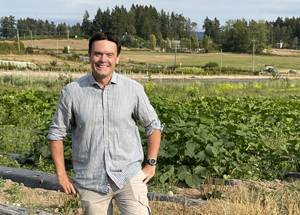
With statistics from 2023, MacGregor points out that 8.7 million Canadians live in food-insecure households, with that number including 2.1 million children.
“Growing food at home is not new, but people stopped doing it,” said Sooke Mayor Maja Tait last year during a council deliberation about initiatives to re-enable food-growing by households.

Urban household food resilience:
A local group on south Vancouver Island called Urban Food Resilience Initiatives Society (UFRIS) launched in 2024 to start turning the tide of household food resilience in urban areas.
The UFRIS core mission is to facilitate the growing of natural foods in urban areas — by households and in community, including that all urban built structures provide the capacity for food-growing whether indoors or outdoors.
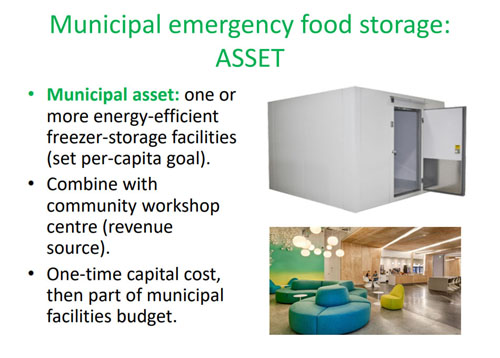
UFRIS is also taking the next step to start facilitating the storage of locally-grown vegetables and fruit in freezer units across the region as presented to View Royal municipal council last summer. These units would be solar-powered; contents would be rotated and used only for major disaster response.
“By cultivating urban gardens, we empower individuals and communities to take control of their food sources, promoting self-sufficiency and fostering a deeper connection to our environment,” says UFRIS board member Dean Ross.
The work of UFRIS is underpinned by the goal to enable natural local produce as a key component of good human nutrition. “Optimal nutrition enables people to be less of a burden on the overall health care system,” says UFRIS Executive Lead and board member Mary P Brooke, B.Sc.
Grant funding as well as support from sponsors and donors is underpinning this work.
“Individuals, neighbourhoods, non-profits and food-growing specialists are invited to connect with us. Collaboration is key,” says UFRIS board member Rob Martin.
Provincial role:
Last fall, the UFRIS group complied a list of 18 Urban Food Recommendations and submitted that framework to the provincial government.
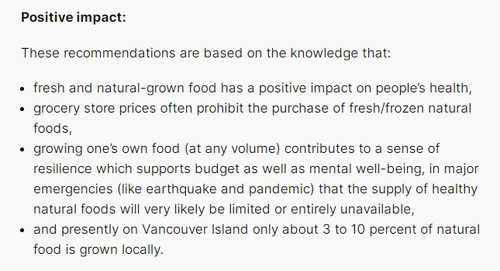
The BC government could undertake legislation to require all municipalities to incentivize the inclusion of food-growing capacity in all new urban built structure, and for municipalities to undertake direct action in communities to encourage every household to either grow food or participate in a local community garden or support local farms.
Last month, the Minister of Housing and Municipal Affairs, Ravi Kahlon, received these recommendations from UFRIS, as has the Minister of Agriculture and Food, Lana Popham. The Premier’s office also received these recommendations back in November 2024.
Federal action:
As the Food Price Inflation Critic for the NDP, Alistair MacGregor last year (on November 27, 2024) introduced Bill C-421 which proposes a National Food Cooperative Strategy. The bill would seek to allow farmers direct access to the market to sell their goods, instead of going through intermediaries such as grocery stores.
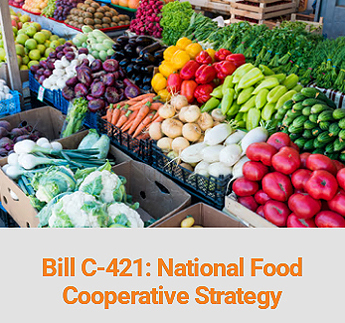
MacGregor also introduced Bill C-406: National Framework for Food Price Transparency Act (introduced on June 4, 2018). That legislation would require the federal industry minister (in consultation with the provinces) to develop a national framework on grocery prices, unit display practices, transparency on price increases, and promoting unit pricing education to consumers across Canada. Reporting back to Parliament would be required.
Tariff context:
As the economic pressure on Canada continues from the United States through the threat of tariffs, there will be an increasing need for individual household resilience with the support of community and local government.
“Imagine what we could do if we invested directly in communities, instead of massive corporations,” said MacGregor in his recent newsletter to residents of Cowichan-Malahat-Langford. His research estimates that 79.3% of the grocery store sector is controlled by the five big grocery chains in Canada (largely to Loblaw, Metro and Empire).
===== RELATED:
- Goldstream Food Bank holiday season hampers assembled by volunteers (December 13, 2024)
- Competition in west shore local grocery sector (November 4, 2024)
- Urban food-growing as part of emergency preparedness (August 9, 2024)
- Mid-summer UFRIS panel explores urban food growing, emergency storage (July 28, 2024)
- Emergency food storage for local emergency response (June 18, 2024)
- West shore community leaders take on urban food resilience (February 10, 2024)
- NDP still pushing for grocery price action (October 18, 2023)
- NDP focuses on grocery component in cost of living (October 1, 2023)
- Inflationary grocery pricing addressed in NDP bill (September 18, 2023)
- Agritech in Agricultural Land Reserve supports food security (February 19, 2022)
NEWS SECTIONS: FOOD & AGRICULTURE | URBAN FOOD RESILIENCE | FOOD SECURITY | CANADA-USA | TARIFFS & TRADE


